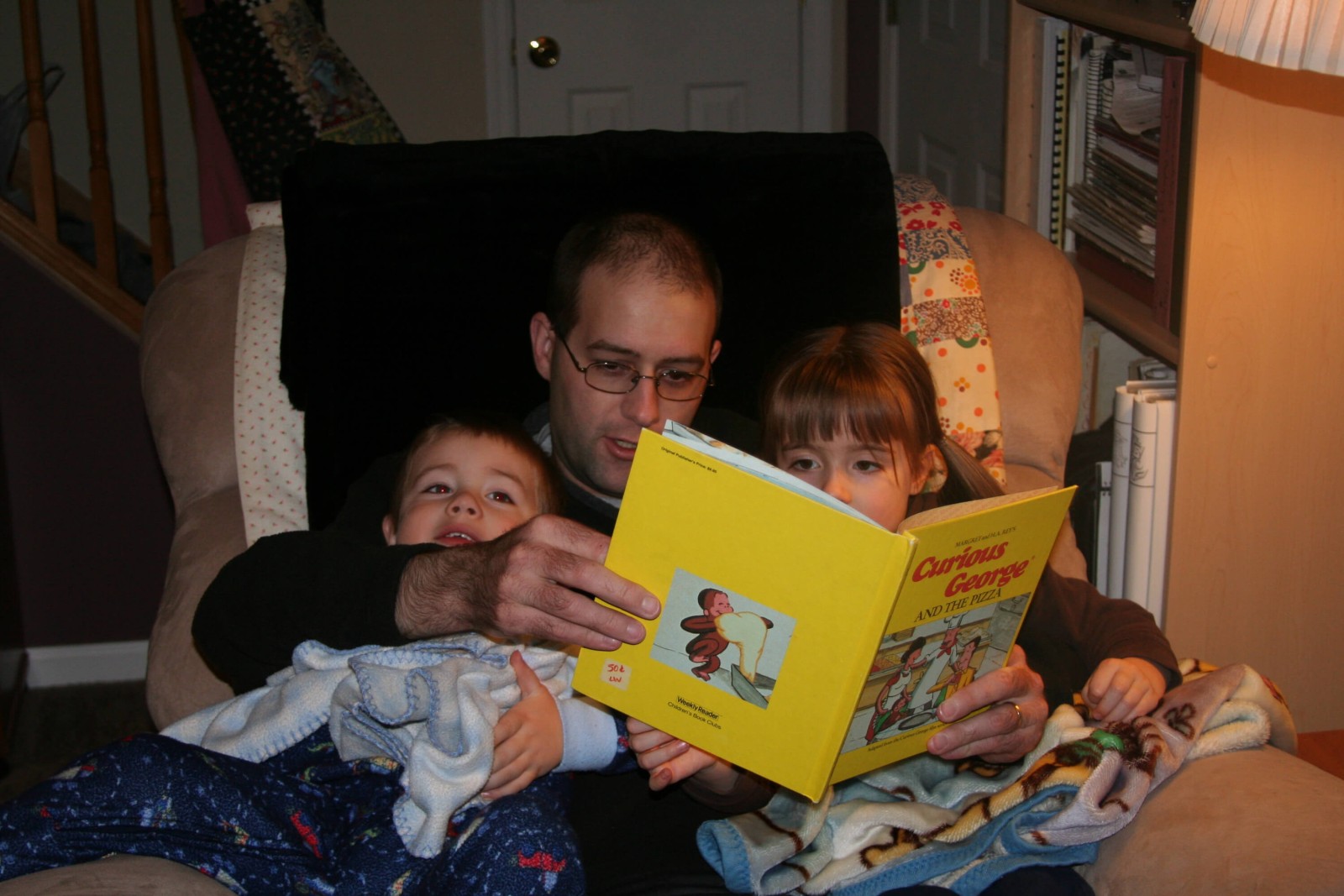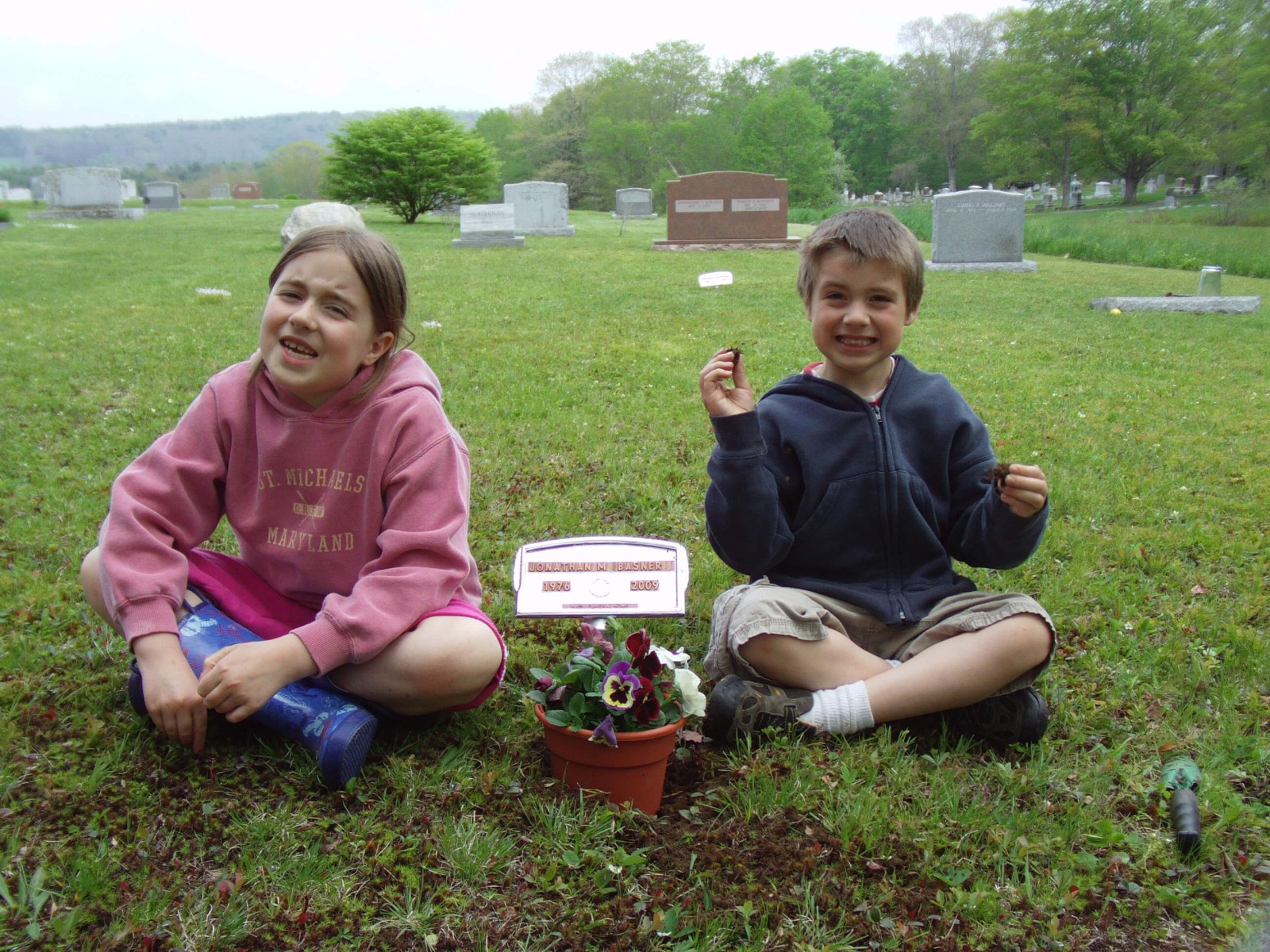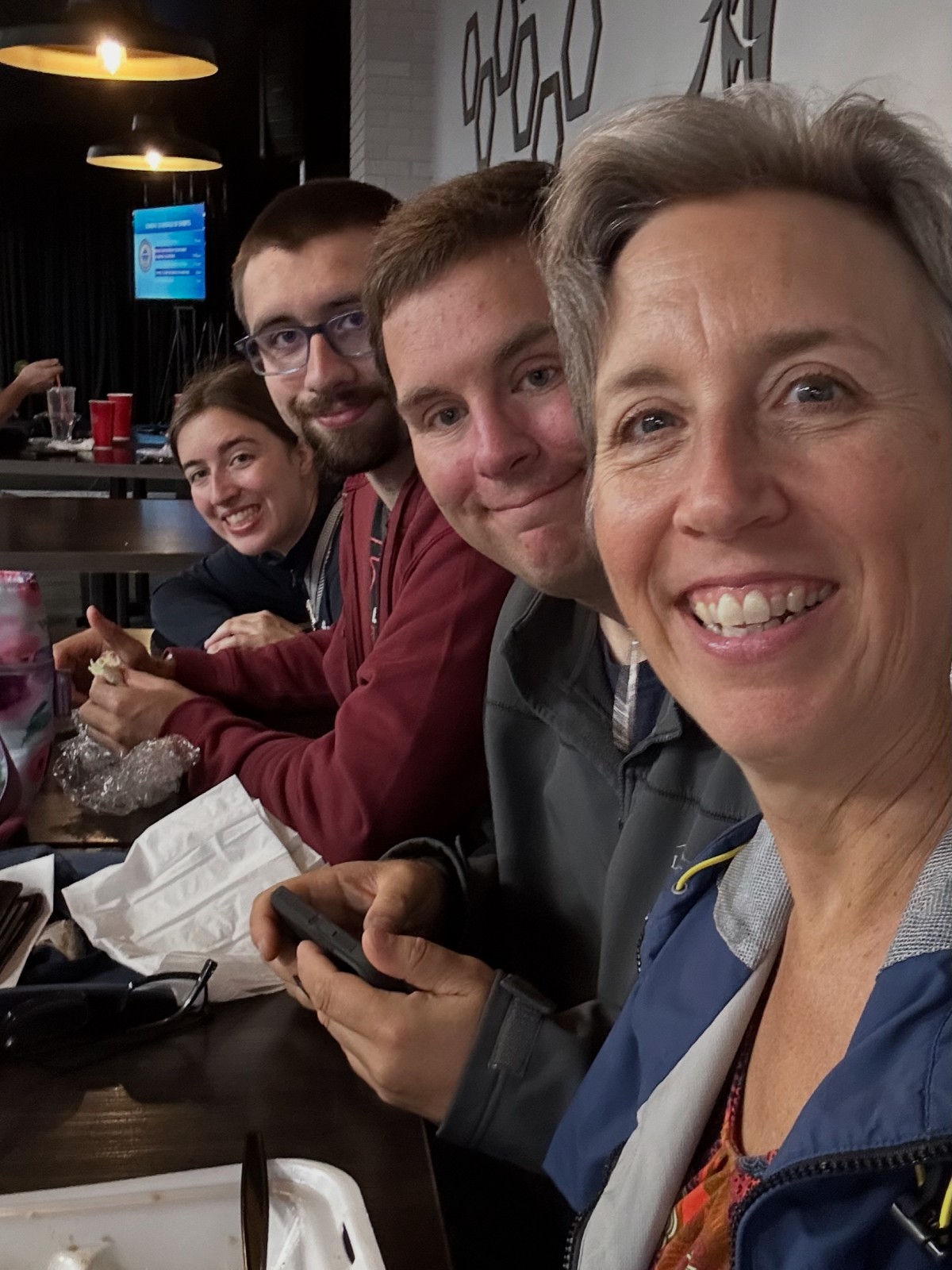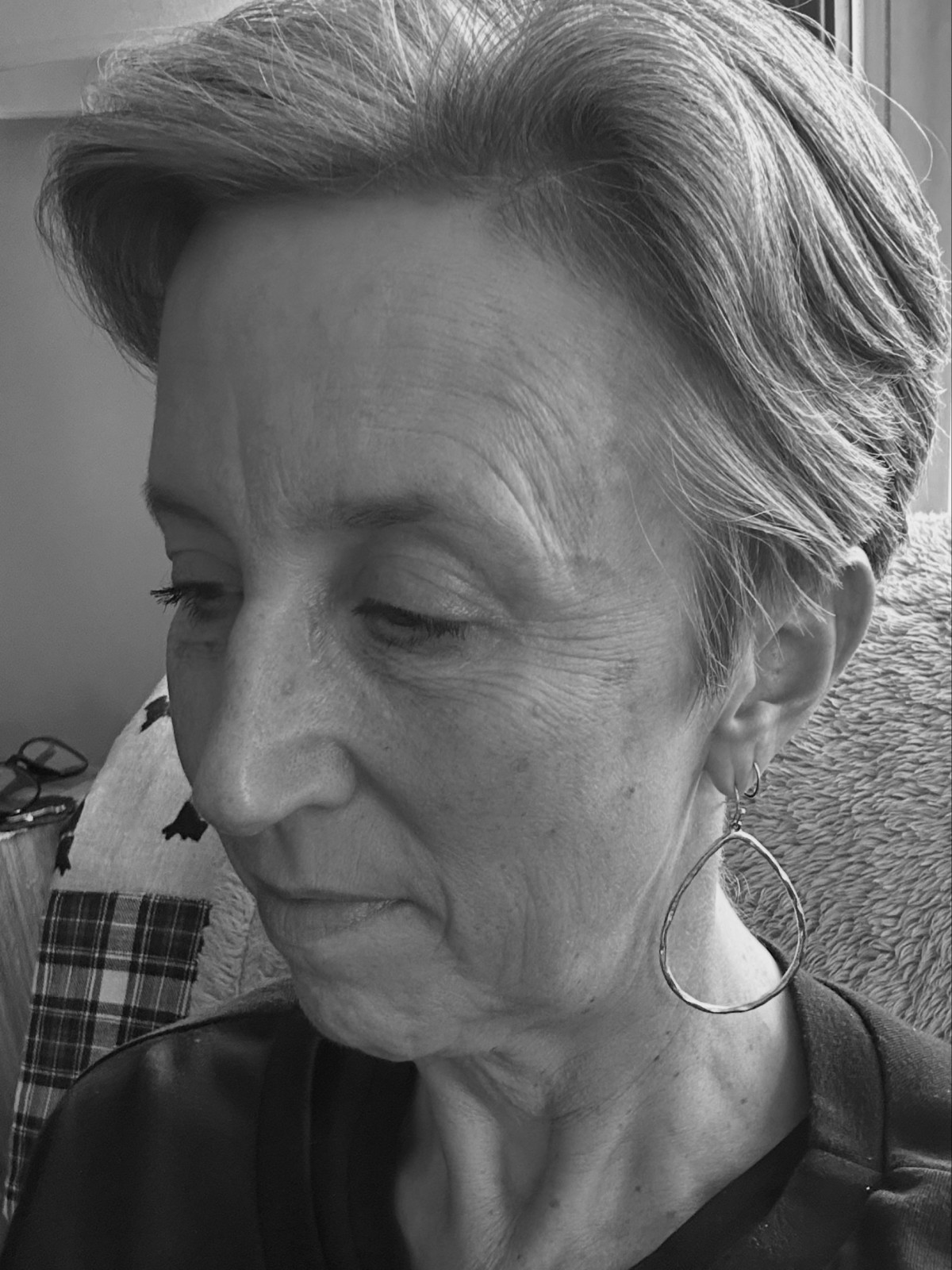Creating a Healing Environment at Home
Working through grief takes time, prayer, and grace. It also takes mental clarity—something that’s hard to find when our bodies are burdened by toxins.
Every day, we’re surrounded by chemicals that may seem harmless but quietly add to our toxic load: synthetic fragrances, harsh cleaners, and products that promise “freshness” but leave behind unseen residue. When our bodies are constantly working to detoxify, it can leave us drained—physically and emotionally.
I’ve learned firsthand that grief recovery isn’t just emotional or spiritual; it’s physical too. Our bodies carry the weight of our emotions, and when they’re overwhelmed, everything feels harder. But when we remove unnecessary toxins, we lighten that load. Suddenly, there’s more space for peace, energy, and hope to take root.
Read more...How Toxins Can Complicate Grief and Healing
Grief is already heavy. It drains our energy, fogs our thinking, and can leave us feeling like we’re moving through life in slow motion. But what if some of that heaviness isn’t just emotional? What if our bodies are also burdened by something physical—like the toxins in our home?
When we’re surrounded by harsh chemicals—cleaners, air fresheners, scented candles, personal care products—our bodies work overtime trying to process and eliminate them. Every spray, wipe, or wash adds to what’s called our toxic load. And for someone already walking through grief, that added burden can make healing even harder.
Our bodies and emotions are deeply connected. When our systems are overwhelmed, we can experience more fatigue, brain fog, irritability, sadness, and even physical pain. It can make grief feel heavier, depression more pronounced, and our energy almost nonexistent.
Read more...My Personal Journey Toward Nontoxic Living
In the first post of this series, I shared how I used to believe that being healthy was all about diet and exercise. But as I learned more, I realized that the everyday products I was using—things I never even questioned—were filled with harmful toxins that were burdening my body. That discovery changed everything. I swapped out my toxic candles for a diffuser with high-quality essential oils, replaced chemical-laden cleaners with plant-based alternatives, and switched to nontoxic body products and makeup. The results were undeniable—our home felt fresher, the air was cleaner, and my body felt healthier. My body wasn’t fighting itself anymore and my autoimmune disease went into remission. Looking back, I only wish I had made these changes sooner.
How to Start Reducing Toxins in Your Home
Switching to nontoxic products doesn’t have to be overwhelming. Start small with these simple steps:
- Swap plastic containers for glass or stainless steel (mason jars are a great food storage option)
- Choose personal care items that are scented with pure essential oils
- Use plant based household cleaners for cleaning instead of chemical sprays
- Buy organic when possible to reduce pesticide exposure
- Open windows regularly for better indoor air quality
Where Are Toxins Hiding?
Toxins are commonly found in:
- Personal Care & Beauty Products (makeup, lotion, shampoo) - remember, your skin is your largest organ. Whatever you put on your skin, absorbs into your bloodstream.
- Cleaning Supplies (air fresheners, laundry detergent, disinfectants, glass cleaner) - we inhale the chemicals and touch these surfaces that have been cleaned with these products.
- Food & Food Packaging (pesticides, BPA in plastics) - these absorb into our foods whether we like it or not.
- Home Goods (candles, furniture, children’s pajamas with flame retardants) - we’re breathing these chemicals in on a daily basis.
Read more...Toxins are so prevalent in our household products. I was shocked at the chemical load found in things I used to use every day! So I started looking for safer products. Unfortunately, I found it to be more difficult than I thought. Many companies use clever marketing tactics, known as “greenwashing” to make their products seem natural and safe when they’re anything but. Words like “biodegradable,” “plant-based,” and “all-natural,” along with packaging covered in leaves and nature scenes, can be incredibly misleading. The truth? Many of these products are just as toxic as those that don’t even pretend to be safe. So how can you tell the difference? Let’s break it down.
Read more...










